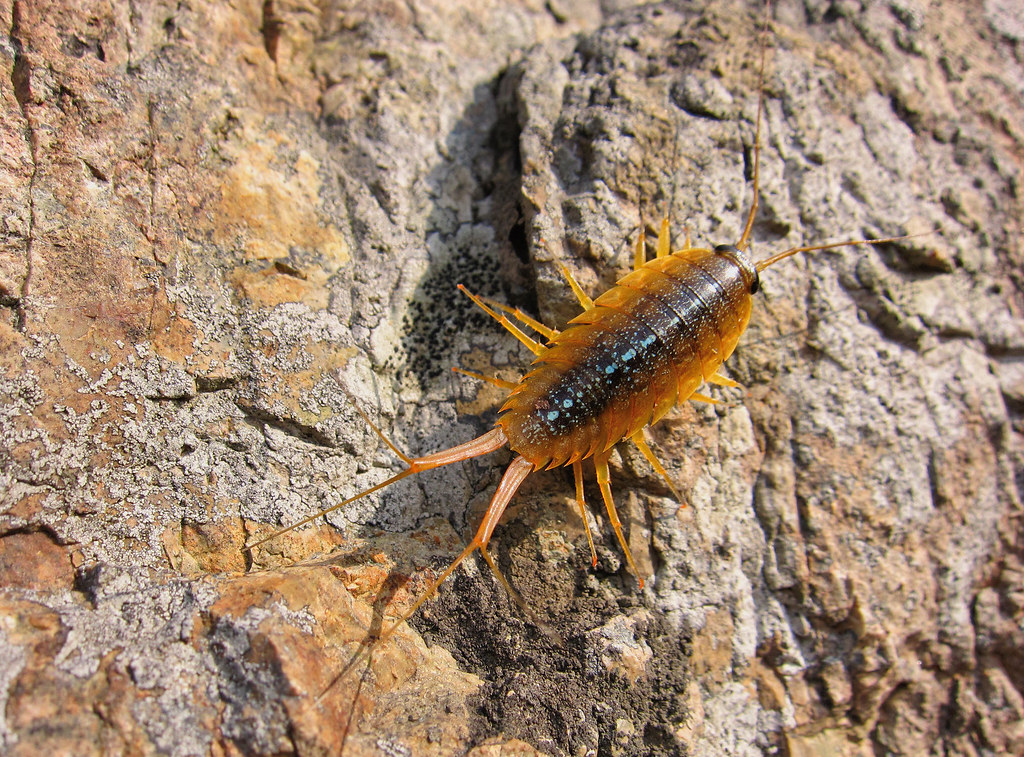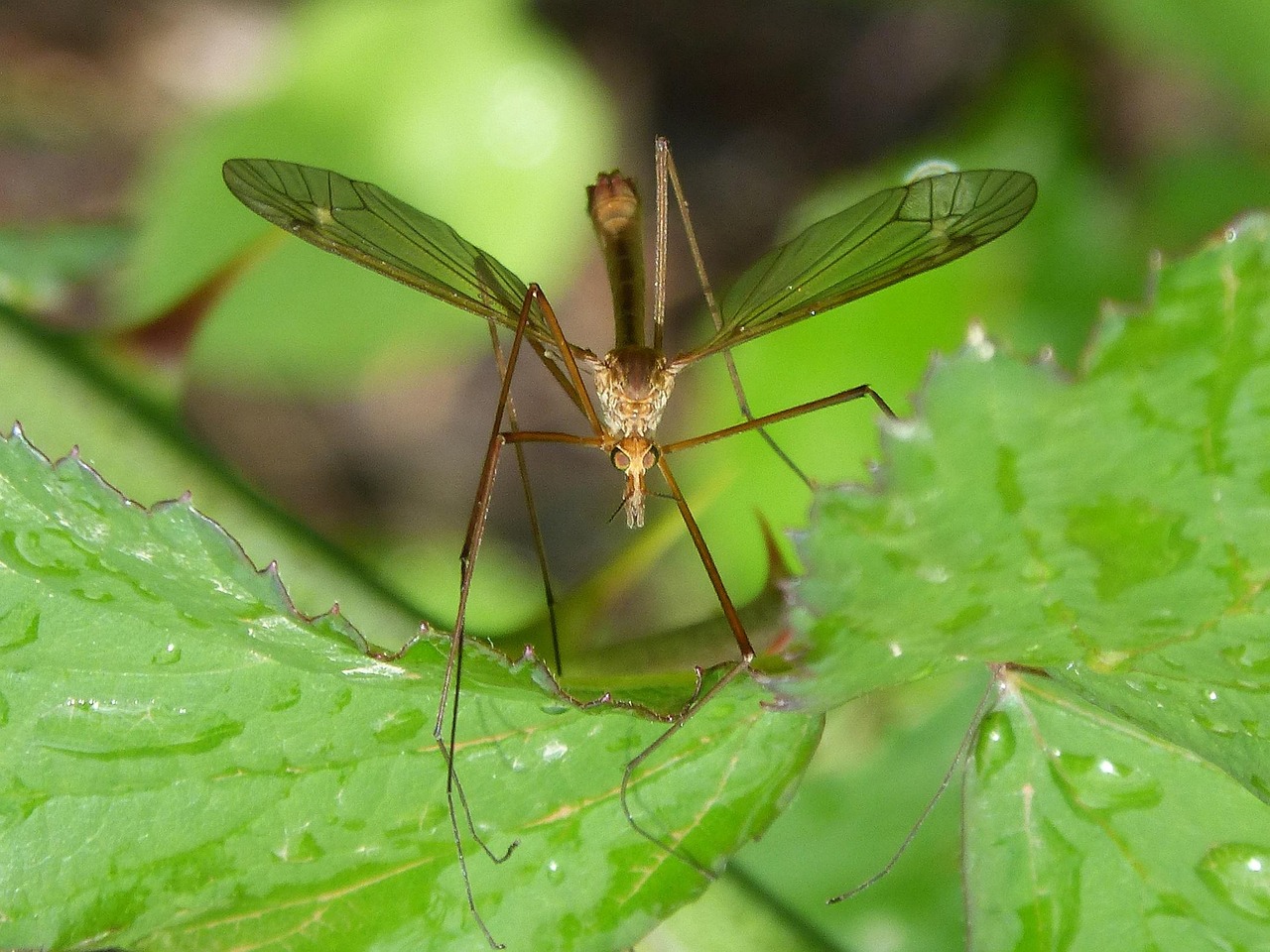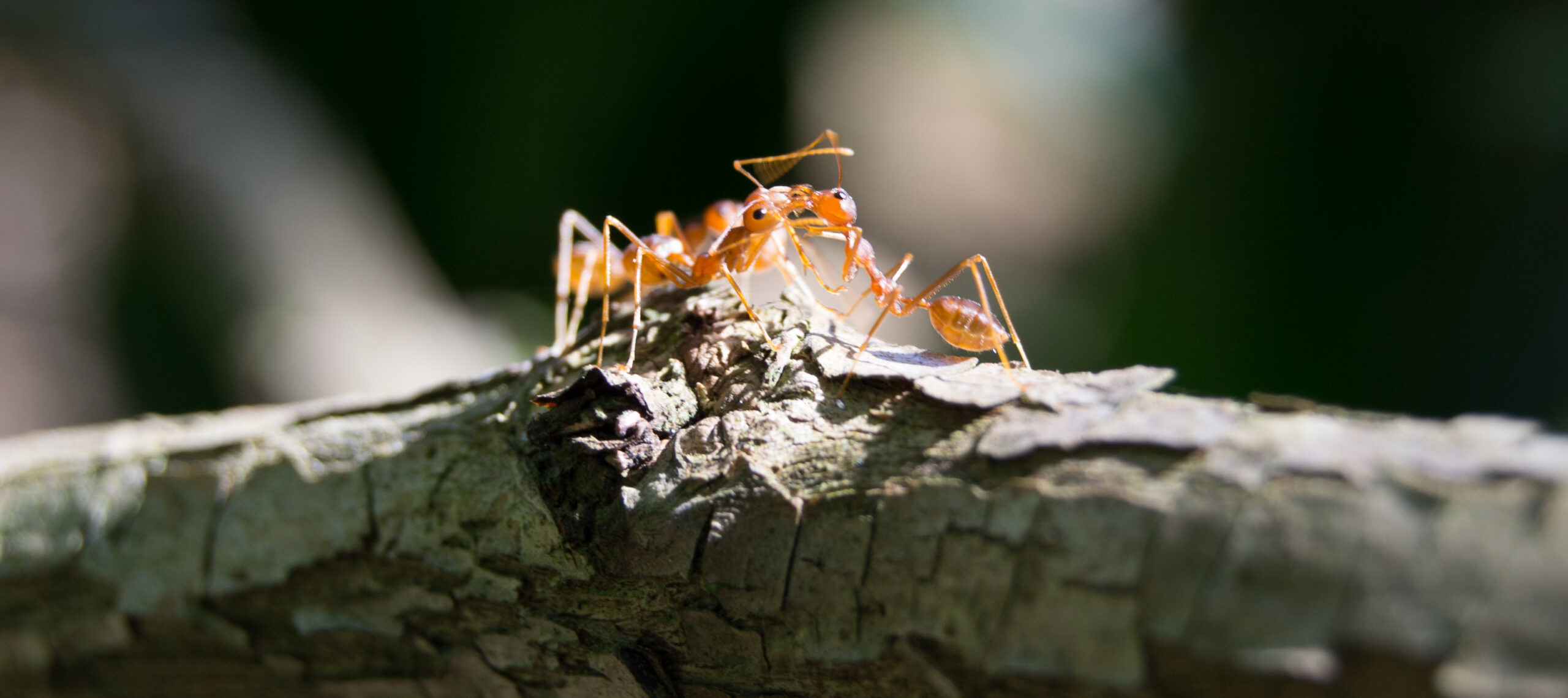Right now, as you’re reading this, there’s likely a microscopic invasion happening inside your home. While you sleep peacefully, countless tiny creatures are finding their way through openings so small you’d never notice them. These aren’t just random intrusions – they’re calculated infiltrations through specific entry points that most homeowners never think to check. The truth is, your walls aren’t the fortress you think they are.
The Crack Between Your Foundation and Siding

That seemingly invisible gap where your home’s foundation meets the siding is actually a superhighway for insects. Over time, settling and temperature changes create small separations that might look insignificant to you but feel like open doors to bugs. Carpenter ants particularly love this entry point because it often leads directly to wood framing.
The moisture that collects in these gaps creates the perfect environment for many insects to thrive. Termites can squeeze through cracks as narrow as the thickness of a business card, making even the smallest foundation gaps a serious concern. Most homeowners walk past this area daily without realizing dozens of insects could be using it as their personal entrance.
Behind Your Electrical Outlets and Switch Plates
Every electrical outlet in your home is essentially a portal to the inside of your walls. The spaces around electrical boxes aren’t always perfectly sealed, creating gaps that insects exploit with surprising frequency. When electricians install outlets, they focus on electrical safety, not pest prevention, leaving small openings that bugs find irresistible.
Cockroaches are masters at using these electrical pathways to travel between rooms undetected. They can flatten their bodies to fit through spaces you wouldn’t think possible, and the warmth from electrical components makes these areas even more attractive. The next time you remove a switch plate for any reason, don’t be surprised if you discover evidence of tiny visitors.
The Gap Under Your Bathroom and Kitchen Cabinets
The space beneath your cabinets where they meet the floor is often overlooked during home construction and renovation. These gaps provide direct access to wall cavities, especially in areas where plumbing penetrates the structure. Moisture from under-sink leaks makes these spots particularly appealing to water-loving insects.
Silverfish and house centipedes frequently use these cabinet gaps as their primary entry point into wall spaces. The darkness and humidity create ideal conditions for these creatures to establish entire colonies within your walls. Many homeowners only discover these infestations when they renovate their kitchens or bathrooms years later.
Around Your Plumbing Penetrations
Wherever pipes enter or exit your walls, there’s almost always a small gap that wasn’t properly sealed during construction. These openings around plumbing fixtures are like VIP entrances for insects because they often lead directly to areas with moisture and organic debris. The space around your washing machine connections, dishwasher lines, and even toilet supply lines can harbor significant insect activity.
Drain flies and fungus gnats particularly love these moist environments around plumbing penetrations. The organic matter that accumulates in these hidden spaces provides food, while the moisture creates perfect breeding conditions. Professional pest control experts often find the largest insect populations in walls near these plumbing entry points.
The Space Behind Your Baseboards
That narrow gap between your baseboards and the floor might look decorative, but it’s actually a secret tunnel system for insects. Many bugs use this space to travel around your entire home without ever being seen. The gap is usually just wide enough for insects to squeeze through, but too small for most homeowners to notice the traffic.
Ants create extensive highway systems using these baseboard gaps, leaving pheromone trails that guide thousands of their colony members to food sources. The space behind baseboards also provides access to wall cavities where insects can establish permanent nests. Professional exterminators often have to remove sections of baseboards to properly treat infestations that originate from these hidden pathways.
Through Your Attic Ventilation Systems
Your home’s ventilation system is designed to move air, but it also provides insects with a direct route into your walls. Soffit vents, ridge vents, and gable vents all have screening that can develop small tears or gaps over time. These openings allow flying insects to enter your attic space and eventually find their way into wall cavities.
Wasps and bees are particularly skilled at exploiting ventilation entry points, often building nests within wall spaces near these openings. The constant airflow through these systems can also carry insects deeper into your home’s structure than they might otherwise travel. Many homeowners only discover these infestations when they hear buzzing sounds coming from within their walls.
The Science Behind Insect Navigation

Insects don’t randomly stumble into these entry points – they actively seek them out using sophisticated sensory systems. Many species can detect air currents, temperature differences, and chemical signals that lead them directly to structural openings. Their antennae can sense the slightest air movement that indicates a gap in your home’s envelope.
Research has shown that insects use a combination of visual, chemical, and tactile cues to navigate through building structures. They can detect the carbon dioxide from indoor air leaking through cracks, the moisture from indoor humidity, and even the warmth from heated spaces. This scientific understanding explains why insects seem to find every tiny opening in your home with such precision.
Seasonal Patterns of Wall Infiltration
The timing of insect wall invasions follows predictable seasonal patterns that most homeowners never notice. Spring brings the greatest influx as insects emerge from winter dormancy and seek new territories. Summer heat drives many species to seek cooler spaces within walls, while fall triggers mass migrations as insects prepare for winter.
Different species have different seasonal preferences for wall infiltration. Cluster flies typically invade walls in late summer and fall, while carpenter ants are most active in spring and early summer. Understanding these patterns can help homeowners time their prevention efforts for maximum effectiveness.
The Role of Moisture in Attracting Insects

Moisture is the single most important factor that attracts insects to specific wall entry points. Even slight increases in humidity around structural gaps can draw insects from considerable distances. Leaky pipes, poor ventilation, and high indoor humidity all contribute to creating attractive conditions for wall-dwelling insects.
Many insects can detect moisture levels that are imperceptible to humans, guiding them to the exact locations where water damage or high humidity has created favorable conditions. This moisture-seeking behavior explains why insect problems often correlate with plumbing issues or poor ventilation systems.
How Insects Communicate Entry Point Locations

Once one insect discovers a good entry point, others quickly follow using sophisticated communication systems. Ants leave pheromone trails that can guide thousands of colony members to the same opening. Termites use chemical signals to coordinate their attacks on wooden structures, often focusing their efforts on previously discovered entry points.
Social insects like bees and wasps share information about favorable nesting locations through dance patterns and chemical messages. This communication ensures that successful entry points become major highways for entire colonies, turning small openings into significant infestation routes.
The Impact of Modern Construction on Insect Entry
Today’s construction methods, while energy-efficient, often create more opportunities for insects to enter walls than older building techniques. Synthetic materials, complex wall systems, and numerous penetrations for utilities all provide potential entry points. The push for tighter building envelopes has paradoxically created more hiding places for insects within wall cavities.
Modern insulation materials and vapor barriers can trap insects within wall spaces, creating conditions where they can establish permanent colonies. The complexity of contemporary wall systems makes it harder for homeowners to identify and seal all potential entry points.
Professional Detection Methods
Pest control professionals use specialized equipment to detect insect activity within walls that homeowners would never notice. Thermal imaging cameras can reveal temperature differences caused by insect colonies, while acoustic detectors pick up the sounds of insects moving within wall cavities. These tools help professionals locate entry points that visual inspections might miss.
Moisture meters and endoscopic cameras allow experts to examine the interior of wall spaces without destructive demolition. These technological advances have revolutionized the pest control industry’s ability to identify and treat wall-dwelling insect populations.
The Hidden Ecosystem Within Your Walls
Your walls aren’t just empty spaces – they’re complex ecosystems that can support entire food webs of insects and other arthropods. Primary invaders like termites create conditions that attract secondary species, while predatory insects follow their prey into wall cavities. This hidden ecosystem can become remarkably complex over time.
The temperature stability and protection from predators make wall spaces ideal habitat for many insects. Some species spend their entire life cycles within walls, only emerging when populations become too large for the available space. Understanding these hidden ecosystems helps explain why wall infestations can be so persistent and difficult to eliminate.
Prevention Strategies That Actually Work

Effective prevention requires understanding how insects actually find and use entry points, not just sealing obvious gaps. Regular inspection of foundation-to-siding joints, electrical penetrations, and plumbing connections can catch problems before they become major infestations. Using appropriate sealants and maintaining proper moisture levels are crucial for long-term success.
The most successful prevention strategies combine physical barriers with environmental modifications that make wall spaces less attractive to insects. This might include improving ventilation, fixing moisture problems, and using materials that insects find unappealing. A comprehensive approach addresses both the entry points and the conditions that attract insects in the first place.
When to Call Professional Help
Some wall infestations require professional intervention, particularly when insects have established breeding populations within the structure. Signs that indicate the need for professional help include persistent insect activity despite DIY efforts, sounds coming from within walls, or visible damage to wooden structural elements. Professional treatment often requires specialized equipment and techniques that aren’t available to homeowners.
The cost of professional pest control is often less than the potential damage from untreated infestations, especially with wood-destroying insects like termites and carpenter ants. Early professional intervention can prevent minor problems from becoming major structural issues that require expensive repairs.
The battle for your walls is happening right now, in spaces so small you can barely see them. Every gap, every crack, every imperfect seal is a potential doorway for creatures that view your home as their next conquest. The insects aren’t just randomly wandering in – they’re following ancient instincts and sophisticated navigation systems that guide them to the exact spots where your defenses are weakest. Next time you walk around your home, remember that you’re not just seeing walls and fixtures – you’re looking at a complex landscape of opportunities and obstacles that insects navigate with remarkable skill. What other hidden highways might be operating right under your nose?
